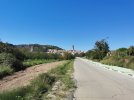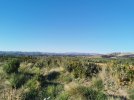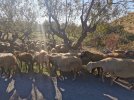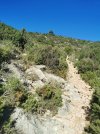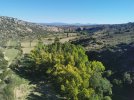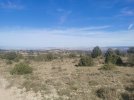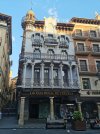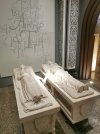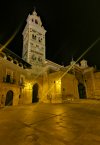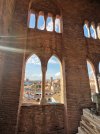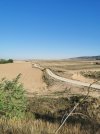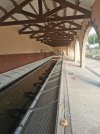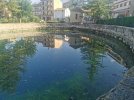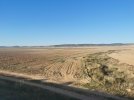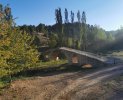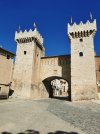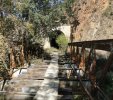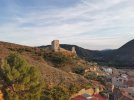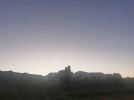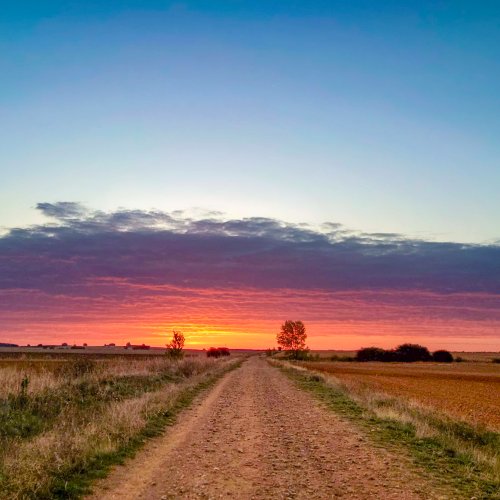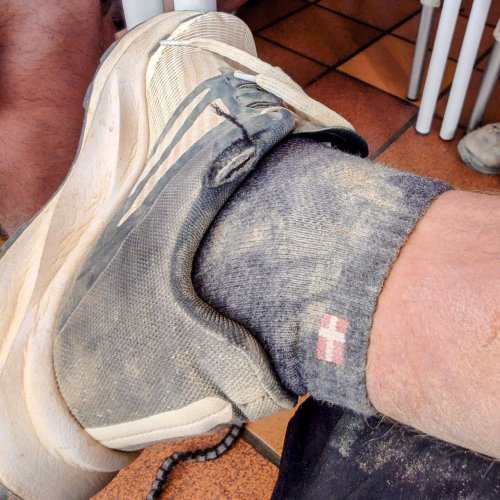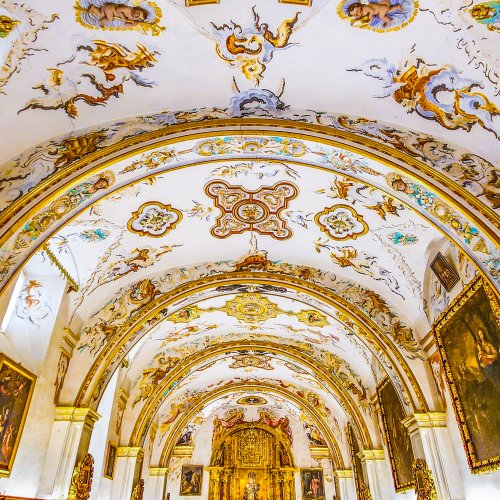alansykes
Veteran Member
- Time of past OR future Camino
- Except the Francés
Having messed up my train times, I only got to Sagunto after midday, not enough time to start a 30km first day, certainly not with the temperature in the low 30s. So I checked in to a really nice b&b near the station (Domus Atilia, highly recommended), and got a bus to Port Sagunt, starting point of the camino de Sagunto. Where I had a refreshing swim in the warm calm waters of the spotless beach, before starting this year's camino. The 9th place one of my caminos has started anadyomene - from Huelva and Tarífa in the far south and west, to Banyuls just over the French border to the east. At km 0 (or km 1057 from Santiago) just over the road from the beach, the local association has put up a board showing some of the distances, and painted the first yellow arrow on the ground.
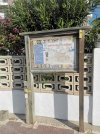
Stupidly, I'd forgotten to bring my towel, so started out slightly squelching with sea water, but the heat soon dried that off.
The walk from the port started pleasantly: a long avenue of palm trees, with vivid oleanders, bougainvilleas, even some jacarandas still flowering, convolvulus, and not very neat lantana hedges. Only 6km later, I was back in my b&b, in plenty of time to spend a happy hour or two ratching around the madly impressive castle on the hillside dominating the town. Originally celtiberian, and successively slighted by Hannibal, Scipio, the visigoths, the moors, el Cid, the moors again, Jaume I, the Bourbons, Marshal Soult, the British and finally the fascists.
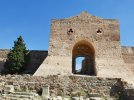
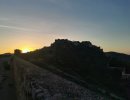
The camino de Sagunto is not a hugely popular camino these days, with the local association estimating around 50-100 people a year use it, mostly bicigrinos. But it is apparently a "genuine", historic camino, used in the past both by locals and by Italians disembarking at the port. The 1057km to Santiago is worked out based on taking the camino almost due north to Soria, and then on to the Francés at Burgos (roughly half way) - which is probably not what I will be doing.
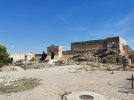
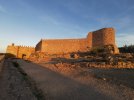

Stupidly, I'd forgotten to bring my towel, so started out slightly squelching with sea water, but the heat soon dried that off.
The walk from the port started pleasantly: a long avenue of palm trees, with vivid oleanders, bougainvilleas, even some jacarandas still flowering, convolvulus, and not very neat lantana hedges. Only 6km later, I was back in my b&b, in plenty of time to spend a happy hour or two ratching around the madly impressive castle on the hillside dominating the town. Originally celtiberian, and successively slighted by Hannibal, Scipio, the visigoths, the moors, el Cid, the moors again, Jaume I, the Bourbons, Marshal Soult, the British and finally the fascists.


The camino de Sagunto is not a hugely popular camino these days, with the local association estimating around 50-100 people a year use it, mostly bicigrinos. But it is apparently a "genuine", historic camino, used in the past both by locals and by Italians disembarking at the port. The 1057km to Santiago is worked out based on taking the camino almost due north to Soria, and then on to the Francés at Burgos (roughly half way) - which is probably not what I will be doing.











